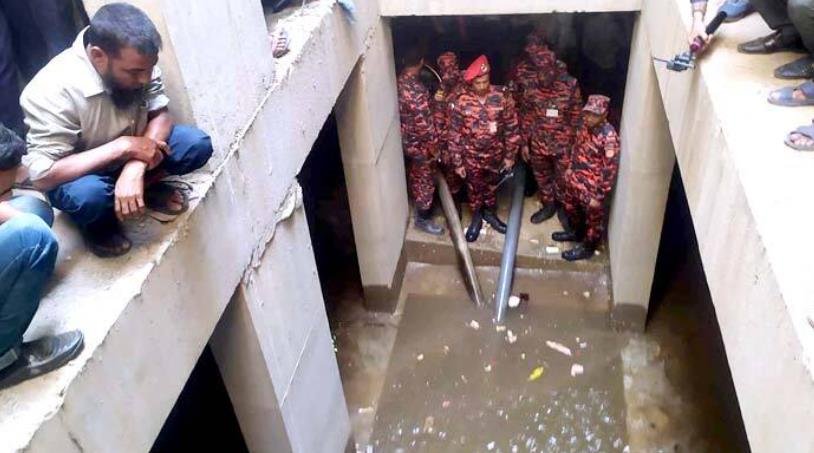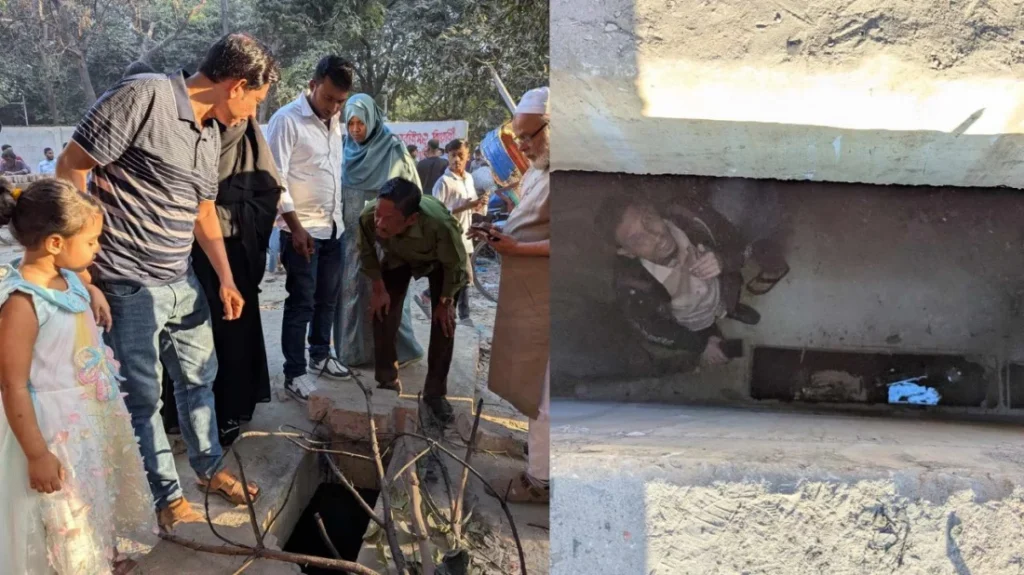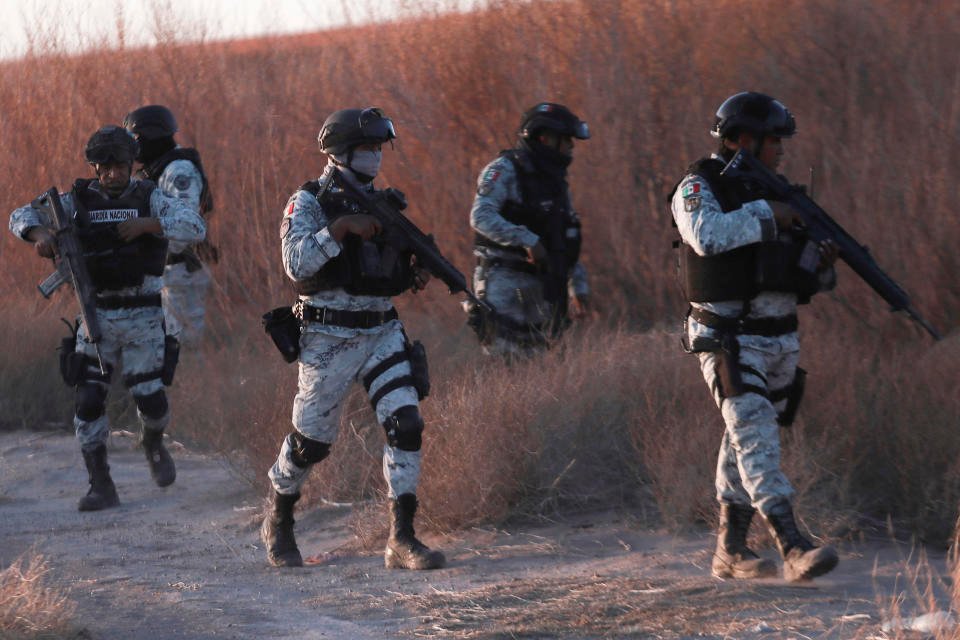In a landmark move to address the glaring disparity in childhood cancer survival rates, the World Health Organization (WHO) has announced a groundbreaking initiative to provide free cancer drugs to children in low- and middle-income countries (LMICs). The program, launched on February 11, aims to significantly improve the survival rates of pediatric cancer patients in regions where access to life-saving treatments remains critically low.
According to a report by AFP, the pilot phase of the initiative has already begun in Mongolia and Uzbekistan, with plans to expand to Ecuador, Jordan, Nepal, and Zambia in the coming months. By the end of this year, nearly 5,000 children across six countries are expected to benefit from the program, with medicines being distributed to at least 30 hospitals.
The Stark Reality of Childhood Cancer Survival Rates
The survival rate for children with cancer in high-income countries is approximately 80%, thanks to advanced medical care and readily available treatments. However, in low- and middle-income countries, this figure plummets to a mere 30%. WHO estimates that 70% of childhood cancer deaths in these regions occur due to a lack of access to proper diagnosis, treatment, or affordable medicines.
A Global Partnership for Change
This initiative is a joint effort between WHO and St. Jude Children’s Research Hospital, based in Memphis, USA. St. Jude has committed $200 million to the project, marking the largest financial pledge ever made for childhood cancer medicines. The program’s long-term goal is to reach 120,000 children across 50 countries within the next five to seven years.
Dr. Tedros Adhanom Ghebreyesus, WHO Director-General, emphasized the urgency of the initiative, stating, “For too long, children with cancer in low-income countries have been denied access to life-saving medicines. This platform will bring hope and health to children worldwide, regardless of where they live.”
A Step Toward Health Equity
Dr. André Ilbawi, WHO’s technical lead for cancer control, highlighted the program’s potential to spark a global movement. “This initiative is about ensuring that every child, regardless of their economic background, has access to the medicines they need to fight cancer,” he said.
With nearly 400,000 children diagnosed with cancer globally each year—most of whom live in resource-limited settings—this initiative could be a turning point in the fight against pediatric cancer.















